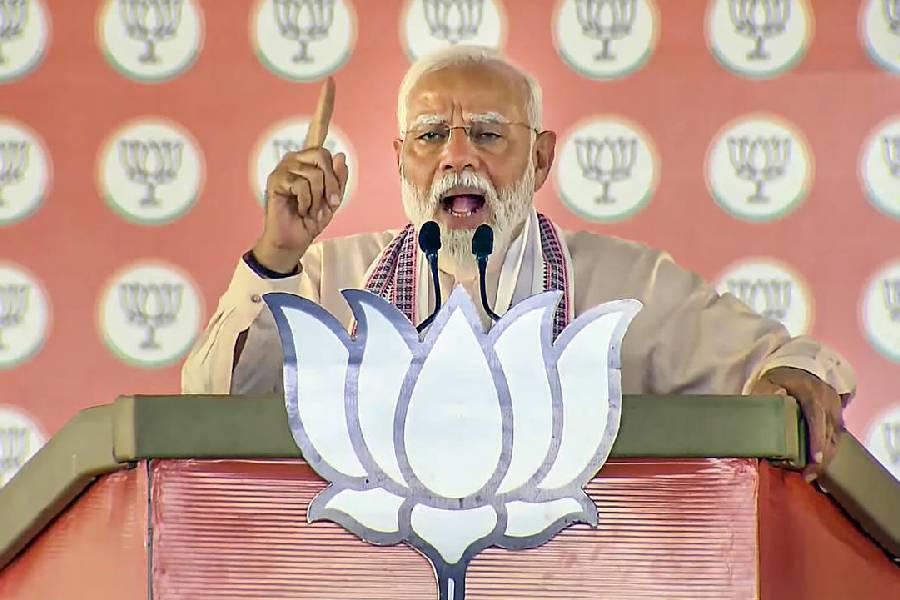A few weeks ago, it was announced by the Government of India that the labour bureau would no longer publish reports on jobs. These would be replaced by the National Sample Survey Office’s periodic labour force survey. The NSSO has yet to come out with its 2017-18 survey. Recent news suggest that the last report prepared by the labour bureau was approved by the minister concerned last December, but its publication was withheld by the government. There is speculation that the labour bureau report had found that the unemployment rate had risen to a four-year high in 2016-17 when the government demonetized old currency notes. That year, more people joined the labour force looking for jobs. The unemployment rate was 3.9 per cent in 2016-17 as against 3.7 per cent in 2015-16 and 3.4 per cent in 2013-14. The labour force participation rate rose from 75.5 per cent in 2015-16 to 76.8 per cent in 2016-17. The unemployment rate measures the proportion of the labour force willing to work but are unable to find a job. The participation rate is the measure of the proportion of the working-age population that has a job or is actively seeking one. During the financial year 2016-17, the rate of growth of the manufacturing sector in India slid to 7.9 per cent as against 10.8 per cent the previous year. These figures go a long way to show that demonetization triggered a serious slowdown in the economy.
There are two other implications that the data do not reveal. The first is the fear or inhibitions the government feels about releasing unpleasant data. This government will go down in the history of independent India as being — allegedly — the most manipulative about macroeconomic data. The second aspect of the labour market that the above statistics do not reveal is the extent of disguised unemployment and the informalization of the labour market in India. The first case of disguised unemployment is the amount of labour that can still be released for productive employment if opportunities arise. The second aspect shows that labour market protections, such as unions and other kinds of workers’ rights, are in jeopardy. It does not really take data for a perceptive citizen to realize that jobs are scarce and unstable, and that unemployment is rampant. The government trying to hide from it all will neither help the economy nor its short-term electoral prospects.












